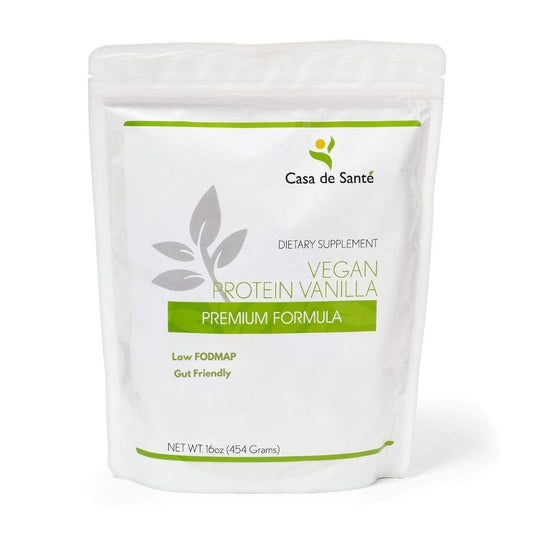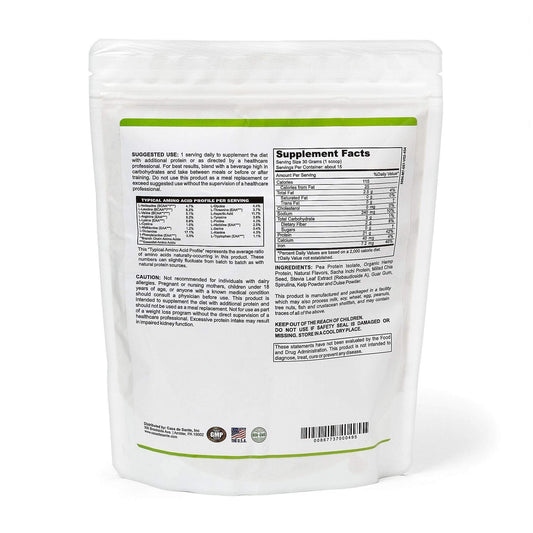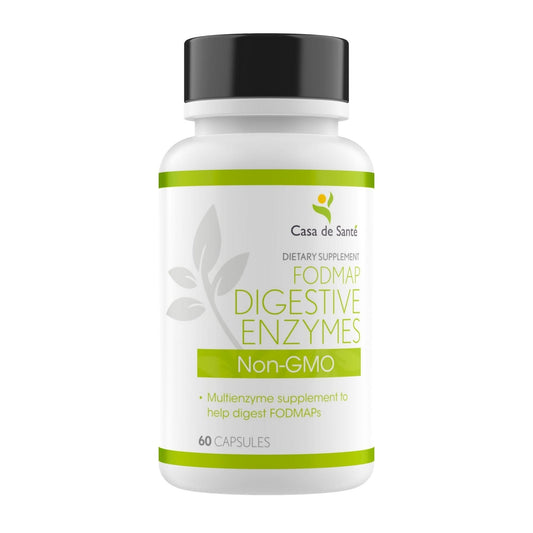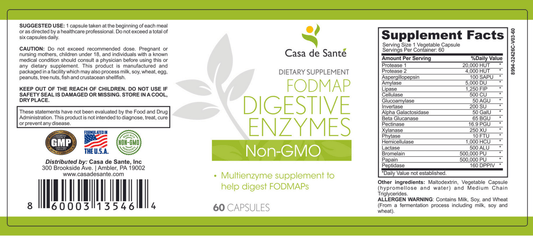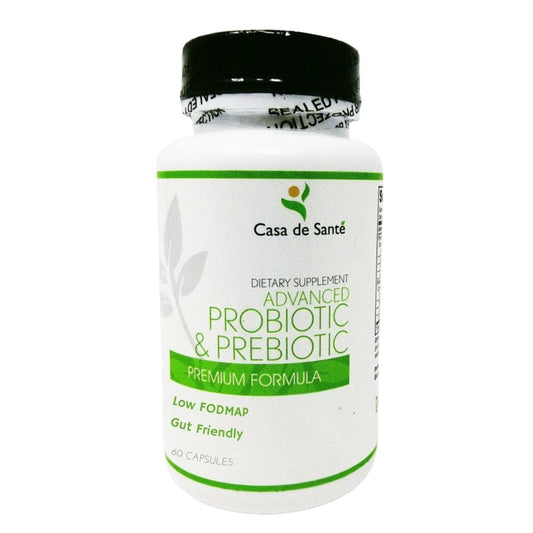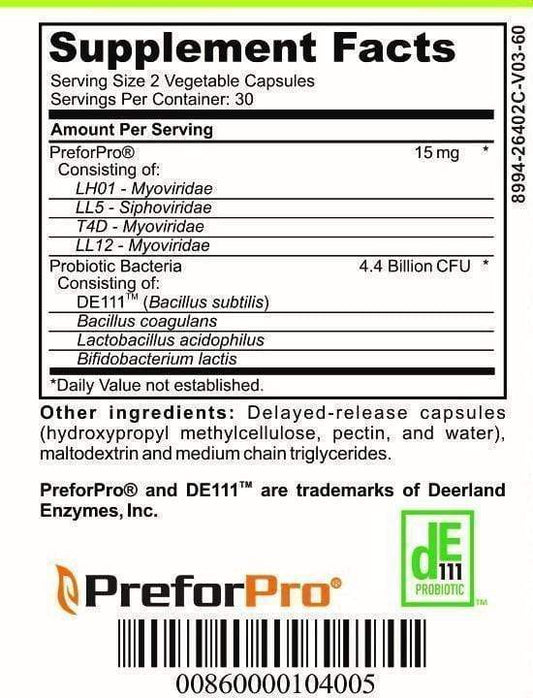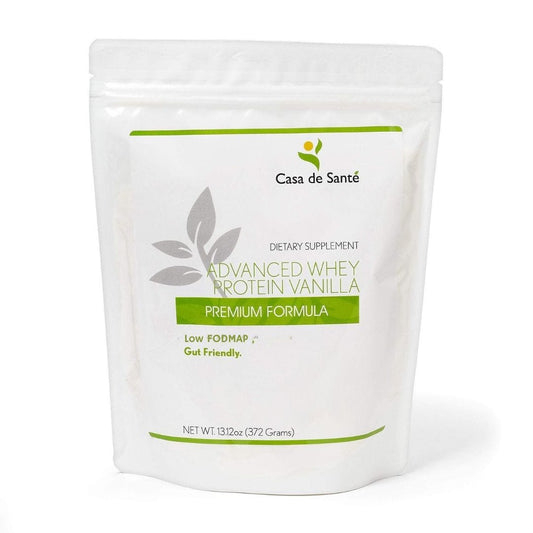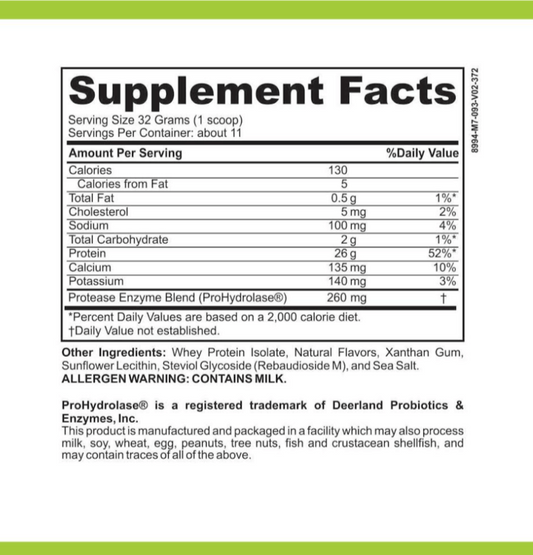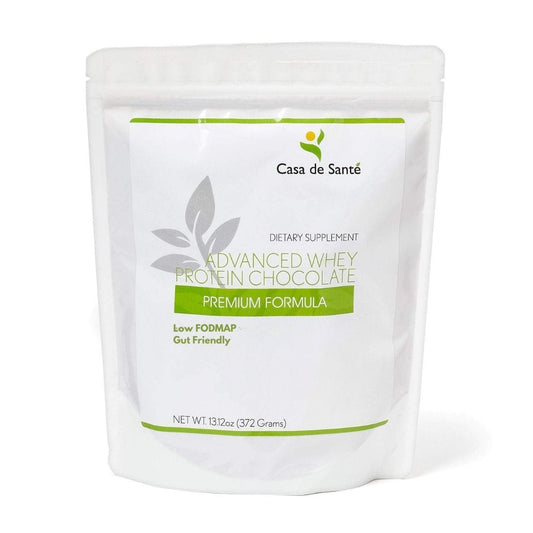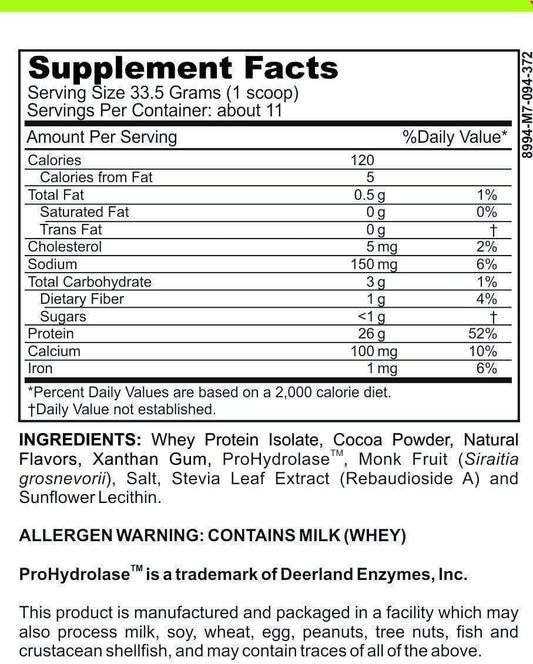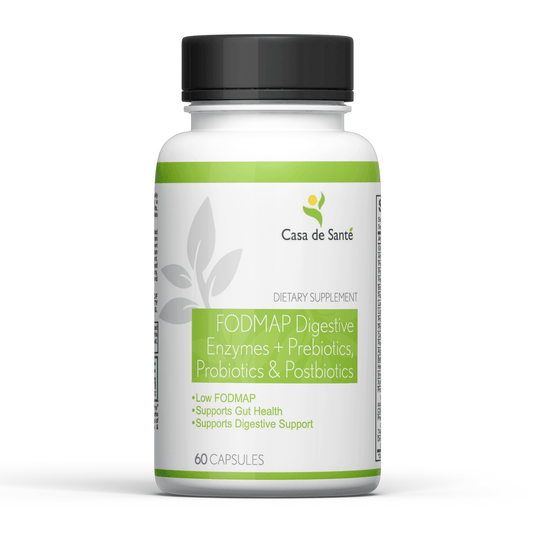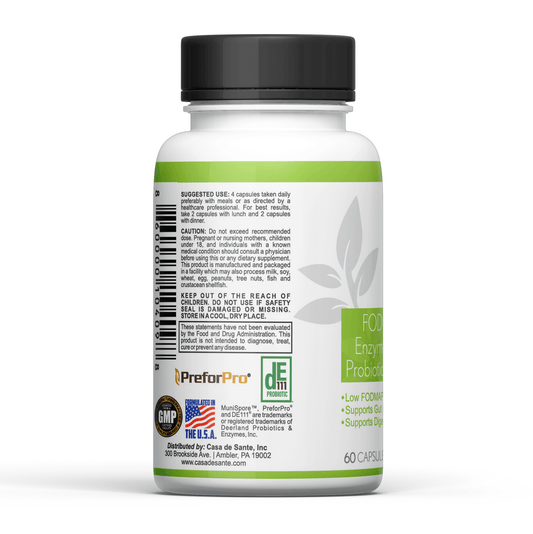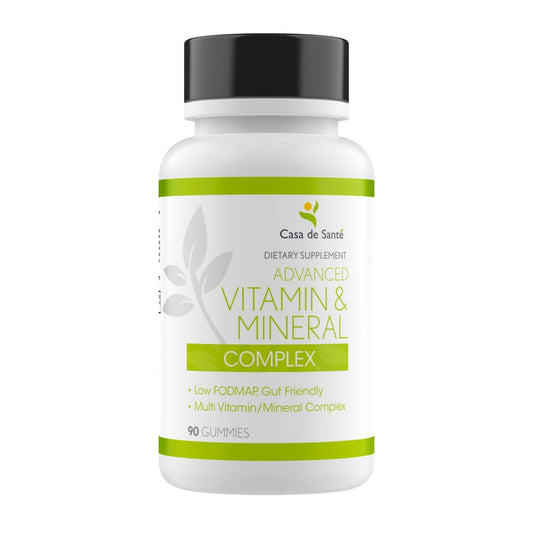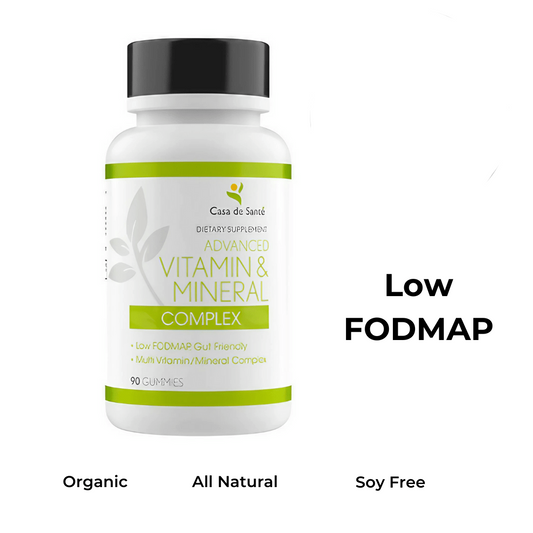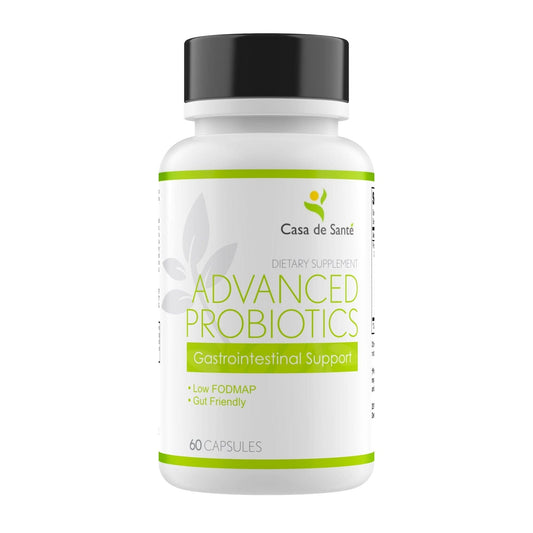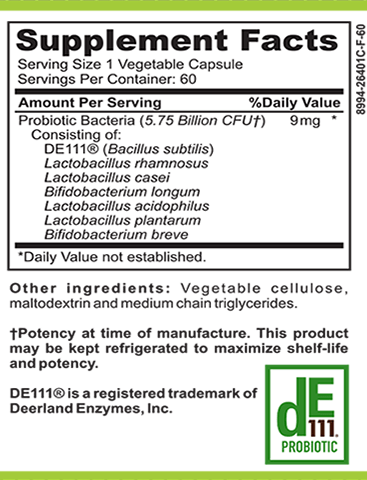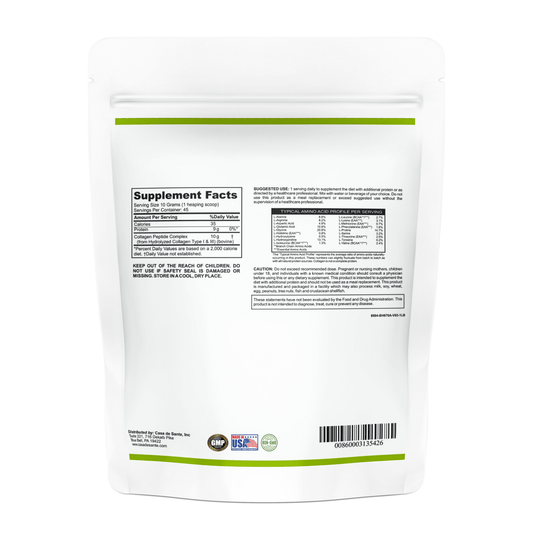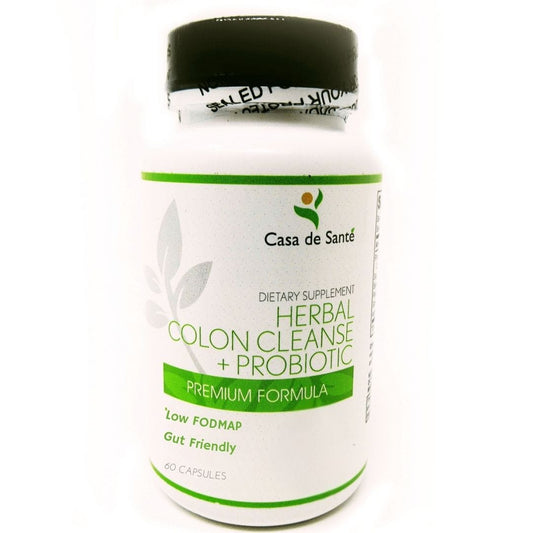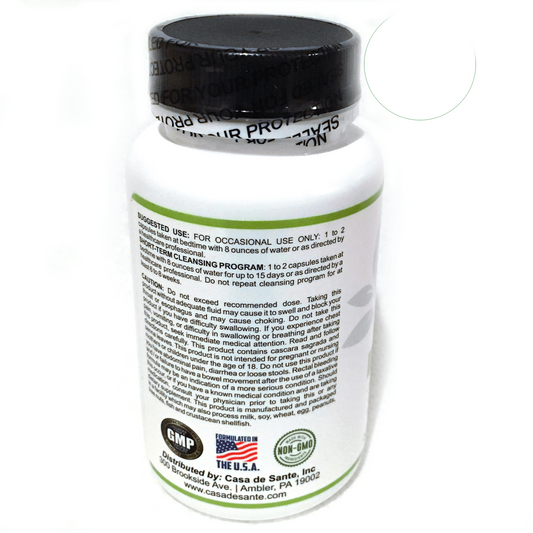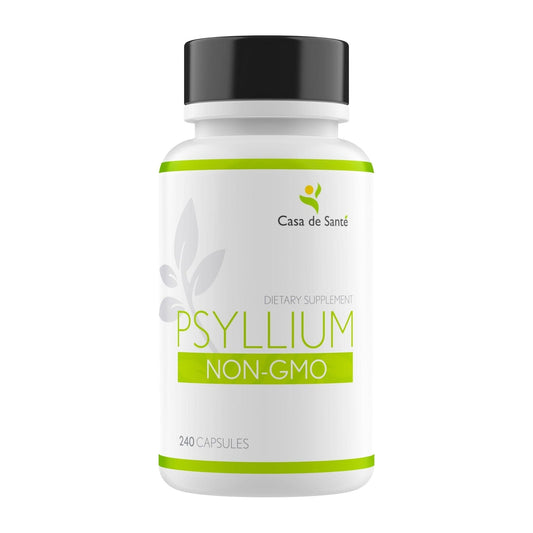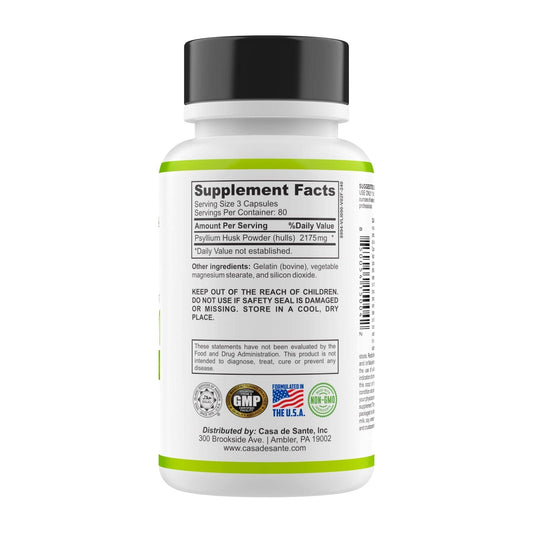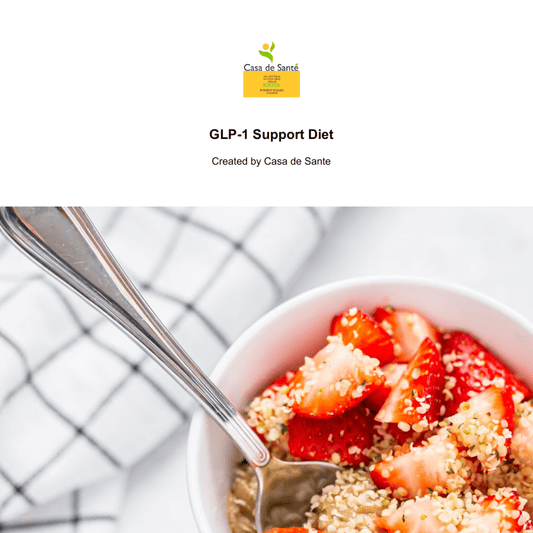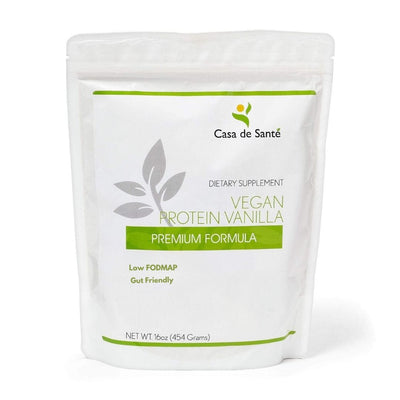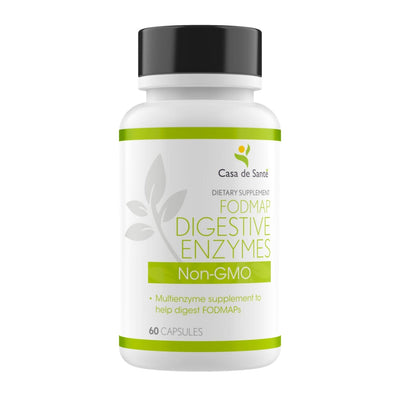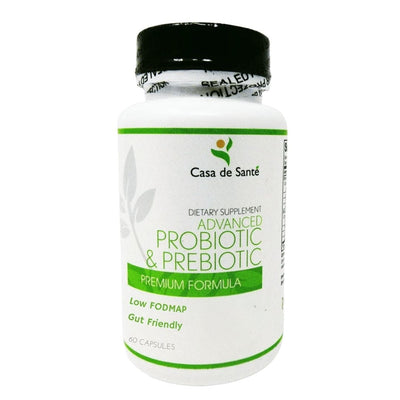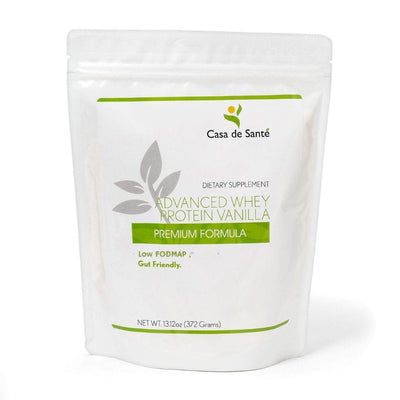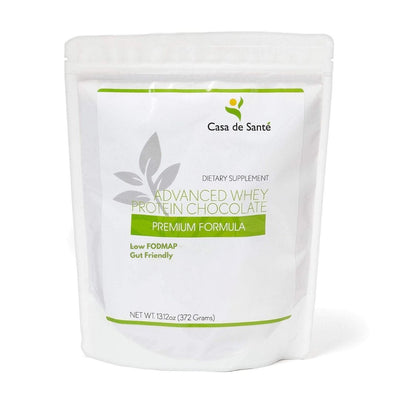Cooked Kale Easy To Digest
Cooked Kale Easy To Digest
Are you looking for a nutritious and easy-to-digest vegetable to add to your diet? Look no further than cooked kale! In this article, we'll explore the many reasons why cooked kale is a nutritional powerhouse that's also gentle on your digestive system. From its numerous health benefits to its delicious taste and versatility in the kitchen, we'll cover everything you need to know about cooked kale.
Why Kale is a Nutritional Powerhouse
Before we delve into the benefits of cooked kale, let's first take a look at why kale is considered a nutritional powerhouse. Kale is packed with vitamins and minerals, including vitamins A, C, and K, as well as folate, calcium, and potassium. It's also rich in antioxidants, which help to protect your cells from damage caused by free radicals.
In addition to its impressive nutrient profile, kale is also a great source of fiber. One cup of cooked kale contains about 2.6 grams of fiber, which can help to promote healthy digestion and keep you feeling full and satisfied.
Furthermore, kale is a versatile ingredient that can be used in a variety of dishes. You can add it to smoothies, salads, soups, and stir-fries, or even bake it into crispy kale chips. With so many delicious and nutritious ways to enjoy kale, it's no wonder why it's become such a popular superfood in recent years.
The Health Benefits of Cooked Kale
When you cook kale, it becomes even more nutrient-dense and easier to digest. One of the key health benefits of cooked kale is that it's loaded with fiber. Fiber is important for maintaining digestive health, as it helps to keep your bowel movements regular and can prevent constipation.
Cooked kale is also an excellent source of iron, which is essential for maintaining healthy blood cells and supporting energy levels. In fact, one cup of cooked kale provides nearly 6% of your recommended daily intake of iron.
In addition to fiber and iron, cooked kale is also rich in vitamin K, which is important for bone health and blood clotting. One cup of cooked kale provides over 1000% of your recommended daily intake of vitamin K. It's also a good source of vitamin C, which is important for immune system function and skin health.
How to Cook Kale for Optimal Digestibility
If you're looking to reap the benefits of cooked kale, it's important to cook it properly to ensure optimal digestibility. One of the best methods for cooking kale is to sauté it in a bit of olive oil. This helps to break down the tough fibers in the kale, making it easier for your body to absorb the nutrients.
Another tip for cooking kale is to remove the stems, which can be tough and fibrous. Simply strip the leaves from the stem, chop the leaves into bite-sized pieces, and discard the stems.
Additionally, you can add some garlic or onion to the sauté pan to enhance the flavor of the kale. This can also provide additional health benefits, as garlic and onion have anti-inflammatory properties.
It's important to not overcook kale, as this can cause it to lose some of its nutritional value. Aim to cook it until it's just wilted, but still bright green in color.
What Makes Cooked Kale Easier to Digest than Raw?
You may be wondering why cooked kale is easier to digest than raw kale. The answer lies in the fiber. When you cook kale, the heat breaks down the fiber and makes it softer and more pliable, which means your body can digest it more easily.
Additionally, cooking kale can also break down the goitrogens in the vegetable. Goitrogens are compounds that can interfere with thyroid function, but lightly cooking kale can reduce their levels and make it safe to eat for people with thyroid issues.
Another benefit of cooking kale is that it can increase the bioavailability of certain nutrients. For example, cooking kale can increase the absorption of calcium, which is important for bone health. Cooking also releases antioxidants, such as carotenoids and flavonoids, which can help protect against oxidative stress and inflammation.
Cooking Tips for Delicious and Nutritious Kale Meals
Now that you know why cooked kale is so good for you, let's talk about how to make it taste delicious! One easy way to prepare kale is to sauté it with garlic and lemon juice. You can also add other vegetables, such as onions and bell peppers, to create a tasty and nutritious side dish.
Another way to enjoy cooked kale is to add it to soups and stews. Kale pairs well with hearty ingredients such as beans and potatoes, and can lend a touch of earthy flavor to your favorite comfort foods.
If you're looking for a quick and easy snack, try making kale chips! Simply toss kale leaves with a bit of olive oil and your favorite seasonings, then bake in the oven until crispy. This is a great way to satisfy your cravings for something crunchy and salty, while still getting all the health benefits of kale.
The Role of Fiber in Digesting Cooked Kale
As we've mentioned, one of the key components of cooked kale is its high fiber content. Fiber is important not only for digestive health but also for maintaining stable blood sugar levels and promoting cardiovascular health. When you eat fiber-rich foods like cooked kale, your body slowly digests them, which can help you feel fuller for longer and prevent cravings and overeating.
In addition to its digestive benefits, fiber also plays a crucial role in maintaining a healthy gut microbiome. The gut microbiome is made up of trillions of microorganisms that live in our digestive tract and play a vital role in our overall health. Fiber acts as a prebiotic, providing food for the beneficial bacteria in our gut and helping to maintain a healthy balance of microorganisms. This, in turn, can help boost our immune system, improve our mood, and even reduce our risk of certain diseases.
Top 5 Reasons to Add Cooked Kale to Your Diet
To summarize, here are the top five reasons why cooked kale should be a staple in your diet:
- It's a nutritional powerhouse packed with vitamins, minerals, and antioxidants.
- Cooking kale makes it easier to digest and absorb the nutrients.
- It's a great source of fiber, which promotes digestive health and can help regulate blood sugar levels.
- Kale is a versatile vegetable that can be used in a wide variety of dishes.
- It's delicious!
But did you know that cooked kale can also help improve your skin health? The high levels of vitamin C in kale can help boost collagen production, which can lead to firmer, more youthful-looking skin. Additionally, the antioxidants in kale can help protect your skin from damage caused by free radicals.
Another benefit of adding cooked kale to your diet is its potential to reduce inflammation in the body. Kale contains compounds called glucosinolates, which have been shown to have anti-inflammatory effects. This can be particularly beneficial for those with conditions such as arthritis or asthma.
Easy and Tasty Recipes Using Cooked Kale
Now that you're convinced of the many benefits of cooked kale, let's explore some easy and tasty recipes to try.
Kale Chips: Simply toss kale leaves with olive oil and seasonings of your choice, and bake in the oven until crispy.
Kale and White Bean Soup: Sauté kale with garlic and onion, then add cooked white beans and chicken broth. Simmer until everything is heated through and enjoy a hearty and comforting bowl of soup.
Kale Salad: Massage raw kale leaves with a bit of olive oil and lemon juice to soften them, then add your favorite toppings such as roasted nuts, dried fruit, or shaved parmesan cheese.
Kale Pesto: Blend cooked kale leaves with garlic, pine nuts, parmesan cheese, and olive oil to make a delicious and healthy pesto sauce. Use it as a spread on sandwiches or as a topping for pasta dishes.
Kale Smoothie: Add cooked kale leaves to your favorite smoothie recipe for an extra boost of nutrients. You can also mix it with other fruits and vegetables such as bananas, berries, and spinach for a delicious and healthy drink.
Comparing the Digestibility of Various Leafy Greens, Including Kale
While we've focused on the many benefits of cooked kale, it's worth noting that other leafy greens such as spinach and collard greens are also rich in nutrients and fiber. When it comes to digestibility, the general rule of thumb is that the more tender and leafy the vegetable, the easier it is to digest. Therefore, spinach and other greens may be slightly easier on your digestive system than kale. However, this doesn't mean you should avoid kale altogether – just be sure to cook it properly to ensure optimal digestibility.
In conclusion, cooked kale is a nutritional powerhouse that's easy to digest and delicious to eat. Whether you sauté it, add it to soups or salads, or bake it into chips, there are endless ways to enjoy this versatile vegetable. So why not add some cooked kale to your meal plan today and reap the many health benefits it has to offer?
It's important to note that the digestibility of leafy greens can also vary depending on the individual. Some people may find kale easier to digest than spinach, while others may have the opposite experience. It's always a good idea to listen to your body and pay attention to how different foods make you feel. If you experience discomfort or digestive issues after eating a certain type of leafy green, it may be worth experimenting with other options to find what works best for you.

